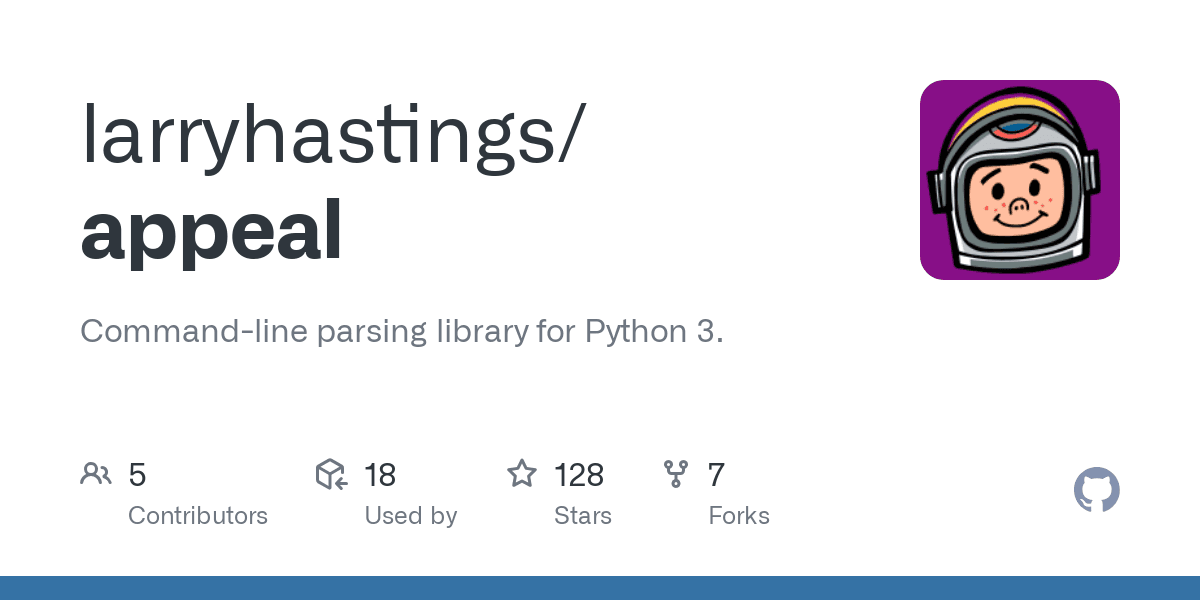When working with JSON in Python, you'll likely come across the built-in json module, which provides easy-to-use methods for encoding and decoding JSON data.
In this blog post, we'll discuss the differences between json.load/json.loads and json.dump/json.dumps methods, and provide examples of how to use each method.
Why? It's indeed quite basic, but it can be a bit confusing when getting started with Python and while using the json module.
json.load and json.loads
json.load and json.loads are used to decode JSON data. While both methods serve the same purpose, they differ in the type of input they accept:
- json.load: Decodes a JSON object from a file-like object (e.g., a file or a StringIO object).
- json.loads: Decodes a JSON object from a string.
Let's look at examples for each method:
import json
with open("example.json", "r") as file:
data = json.load(file)
print(data)
Here, example.json is a file containing a JSON object, and json.load is used to read and decode the JSON data into a Python object (e.g., dictionary or list).
import json
json_string = '{"name": "Alice", "age": 30, "city": "New York"}'
data = json.loads(json_string)
print(data)
In this example, json.loads is used to decode a JSON-formatted string into a Python dictionary.
json.dump and json.dumps
json.dump and json.dumps are used to encode Python objects into JSON format. Similar to json.load and json.loads, these methods differ in the type of output they produce:
- json.dump: Encodes a Python object and writes it to a file-like object.
- json.dumps: Encodes a Python object and returns a JSON-formatted string.
Examples for each method:
import json
data = {"name": "Alice", "age": 30, "city": "New York"}
with open("output.json", "w") as file:
json.dump(data, file)
In this example, json.dump is used to write the JSON representation of a Python dictionary to a file named output.json.
import json
data = {"name": "Alice", "age": 30, "city": "New York"}
json_string = json.dumps(data)
print(json_string)
Here, json.dumps is used to convert a Python dictionary into a JSON-formatted string.
Now that we've covered the basic usage of json.load, json.loads, json.dump, and json.dumps, let's take a look at a "real-world production" example using these methods. In this example, we'll read JSON data from a RESTful API, modify the data, and save it to a file.
Imagine you're working with a weather API that returns a JSON object containing weather data for a given location. Here's how you might use requests library to get the data, json.loads to parse it, and json.dump to save it:
import json
import requests
# Fetch weather data from a RESTful API
url = "https://api.example.com/weather?location=New%20York"
response = requests.get(url)
# Parse JSON data using json.loads
weather_data = json.loads(response.text)
# Modify the data (e.g., convert temperature to Celsius)
weather_data['temperature'] = (weather_data['temperature'] - 32) * 5/9
# Save modified data to a file using json.dump
with open("weather_data.json", "w") as file:
json.dump(weather_data, file)
In this example, we first fetch weather data from a RESTful API using the requests library. The API returns a JSON-formatted string, which we parse into a Python dictionary using json.loads. Next, we modify the temperature value by converting it from Fahrenheit to Celsius. Finally, we save the modified weather data to a file named weather_data.json using json.dump.
This example demonstrates how you might use json.load, json.loads, json.dump, and json.dumps in a production environment when working with JSON data from various sources, such as APIs, files, or strings.




